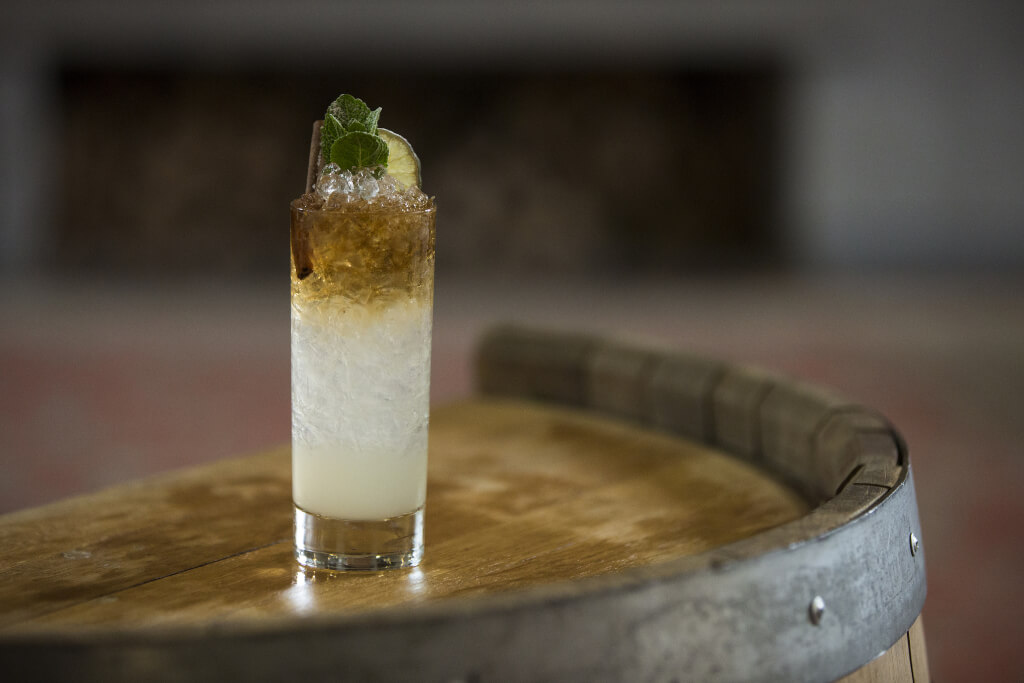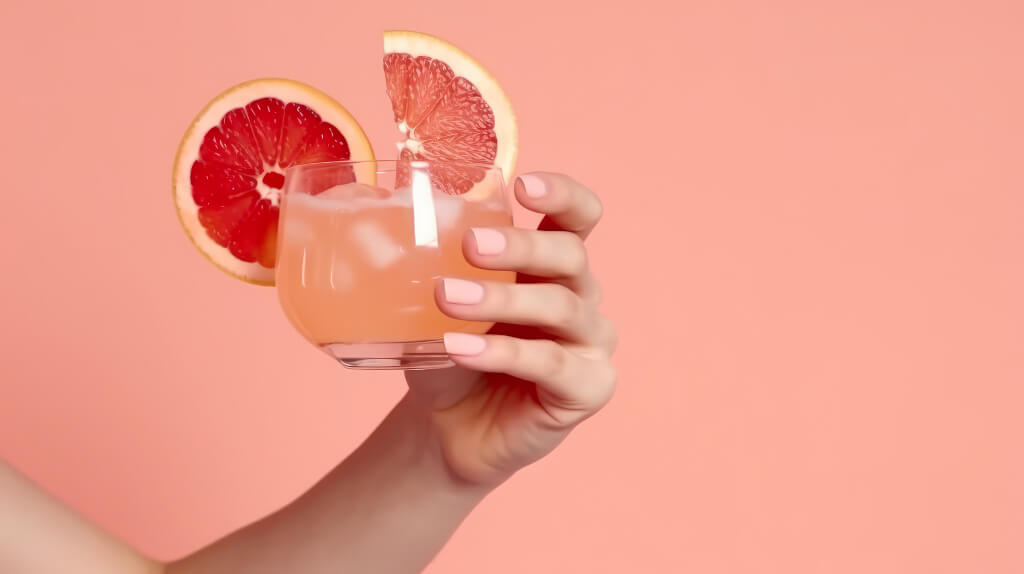What Makes a Drink “Craft” and How It’s Classified
Small-batch, artisanal drinks that emphasize quality, originality, and regionalism are what craft spirits are all about. Craft liquors are typically made in smaller batches and by independently owned distilleries, while there is no agreed-upon definition of “craft” in the spirits industry. Instead of mass manufacturing and homogeneity, the emphasis is placed on careful craftsmanship and a commitment to flavour complexity and originality.
What It Means to Be a Part of the Craft Spirits Movement
Three words sum up the spirit of the artisan spirits movement: originality, quality, and longevity. Craft distillers place a premium on originality, producing spirits that are genuine to the ingredients they use and the unique characteristics of their region. They often adhere to established methods of distillation but are open to new approaches. Many artisan distilleries also prioritise sustainability by using renewable energy and buying ingredients from nearby farmers and producers.
The Rise of Craft Beverages
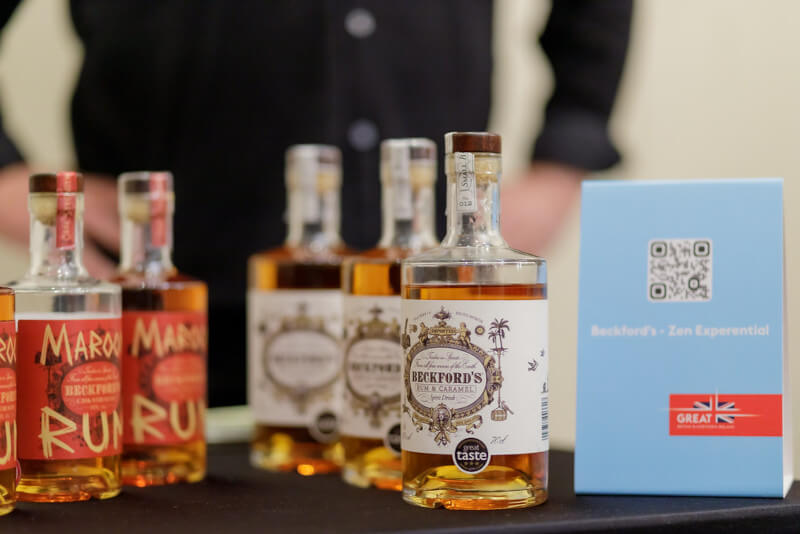
A Look Back at the Development of Handmade Spirits
A combination of shifting customer preferences, new regulations, and the popularity of craft beer in the late 20th century fostered a renaissance in the production of handcrafted alcoholic beverages. The trend away from mass-produced, uniform spirits was heralded by the rise of craft distilleries that used regional ingredients and unconventional processes. The number of artisan distilleries around the world has increased significantly since the turn of the century when this movement first gained traction.
Craft Beer’s Impact on the Craft Spirits Market
The craft spirits business owes a great deal to the success of the craft beer movement. Distillers may learn from the success of craft breweries that people will pay more for high-quality, regionally-made drinks with distinct flavours. Using their knowledge of fermentation and their established brand reputation, many small breweries have branched out into producing craft spirits. The craft spirits business is known for its ingenuity, and the fact that it has spawned new goods from seemingly unrelated industries exemplifies this.
The State-of-the-Art Spirits Industry
Whiskey, vodka, rum, gin, etc., are all examples of craft spirits. Whiskey, vodka, rum, gin, brandy, and tequila are just the tip of the iceberg when it comes to the dazzling array of spirits available in the artisan distilling industry. These handmade spirits all have their special spin on the classic drinks they are based on. A craft whiskey, for example, can use locally grown grains and unconventional ageing techniques to provide complex flavour profiles; a craft gin, on the other hand, might use locally foraged botanicals, resulting in novel and exciting flavour profiles.
Craft Spirits Have Their Distinct Flavour Profiles and Identities
Uniqueness and depth of flavour are hallmarks of craft spirits. Craft spirits, in contrast to mass-produced ones, value nuance and variety in flavour. They tend to be more complex, with flavours that develop over time. The taste of a craft spirit depends on several variables, including the type of materials used, the manner of distillation, the length of time the spirit is aged, and even the local climate and topography.
Production of Craft Alcohol
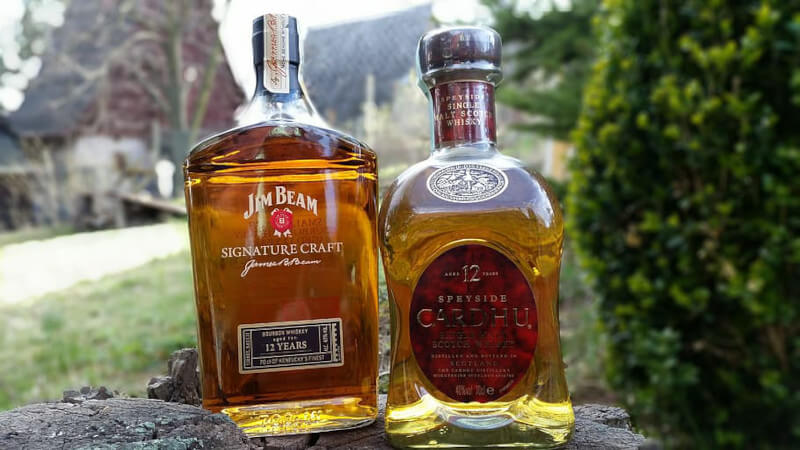
Small-Batch Production and Artisanal Methods in Distillation
Craft distilling is a laborious process that places a premium on excellence over speed. Distillers often work in small batches, with strict quality control at each stage of manufacturing. Traditional, frequently handed-down methods of preparation are used to elicit the fullest possible flavour from the ingredients. In pursuit of a one-of-a-kind spirit, distillers may adopt unconventional techniques during the distillation process, such as using non-traditional copper stills or trying out new types of barrels during the ageing phase.
The Importance of Natural and Regional Ingredients for Small-Batch Spirits
Craft distilleries often source their materials from nearby farms and organic farms. Not only do they guarantee quality, but they also contribute to the story of location’ that is told through artisanal spirits. Craft distillers can produce spirits that are true to their region’s terroir because they use only locally sourced ingredients. In keeping with the sustainable values of the artisan spirits movement, many small distilleries opt to use organic ingredients due to their higher quality and less environmental impact.
A Comparison of Handmade and Industrially Produced Alcoholic Beverages
There are a few key distinctions between craft and mass-produced alcoholic beverages, even though they both have their benefits. Craft alcoholic beverages are distilled, fermented, and bottled at lower volumes than commercial brands. Their uniqueness is exemplified by the varied and delicate flavours they typically present. Liquors manufactured on a wide scale tend to have a more consistent flavour profile because of economies of scale. Although they don’t have the same sense of character as handmade spirits, mass-produced liquors are consistently good and usually less expensive.
The Reasons Small-Batch Alcohol Is More Expensive than Its Mass-Market Counterparts
Craft spirits are more expensive because they are made in smaller batches using artisanal techniques and premium ingredients. Craft distilleries put a premium on using only the finest ingredients, which are often sourced locally and organically. Some spirits have a higher price tag because of their lengthy ageing process, which includes a more labor-intensive small-batch production method. Furthermore, the price premium is reasonable because of the high levels of craftsmanship, creativity, and invention involved in producing craft spirits.
The World’s Most Notable Craft Distilleries and Other Notable Craft Liquor Brands
Across the world, several artisan distilleries are building a name for themselves. Kings County Distillery, located in Brooklyn, New York, is well-known for its award-winning bourbon and other spirits, all of which are produced from grain to glass. Australia’s Archie Rose Distilling Co. and Japan’s Chichibu Distillery are both lauded for their unique takes on making gin and whiskey, respectively.
Craft Spirits That Are Truly One-of-a-Kind
There are some exceptional choices for individuals interested in discovering the wide world of artisan spirits. The Peated Bourbon from Kings County Distillery combines elements of American and Scottish whiskies, while the Rye Malt whiskey from Archie Rose demonstrates a fresh take on an old favourite. Islay’s Bruichladdich Distillery (more famous for its whiskey) produces a gin called Botanist Gin that features 22 locally foraged botanicals for a true flavour of the Scottish island. These are but a few examples; the market for craft liquors is ripe with possibilities.
The Importance of the Craft Beverage Market
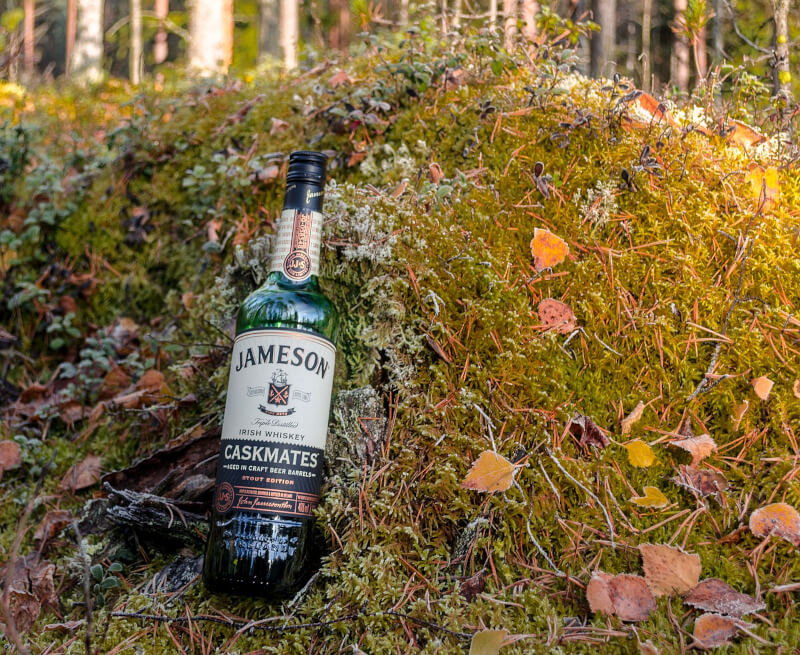
Craft spirits is a fascinating and challenging industry because of the way it weaves together history, modernity, quality, and the future. Craft distilleries are changing the way we think about spirits because of their innovative processes and commitment to quality. Craft liquors represent a trend towards mindful consumption, where quality and authenticity triumph over quantity, through factors such as a concentration on local and organic ingredients, bold flavour innovation, and a commitment to sustainable practices.
We hope that you, the reader, would take the time to explore the interesting world of craft liquors. Take the first steps on a path that will take you from a local distillery to the forefront of the artisan spirits industry worldwide. Savour the variety of styles, marvel at the craftsmanship and enjoy the tales hidden in each bottle. In addition to the enjoyment you’ll get out of it, you’ll be helping out some truly dedicated artists and making a positive impact on the future of the spirits industry as a whole. Cheers to learning something new with every sip!

